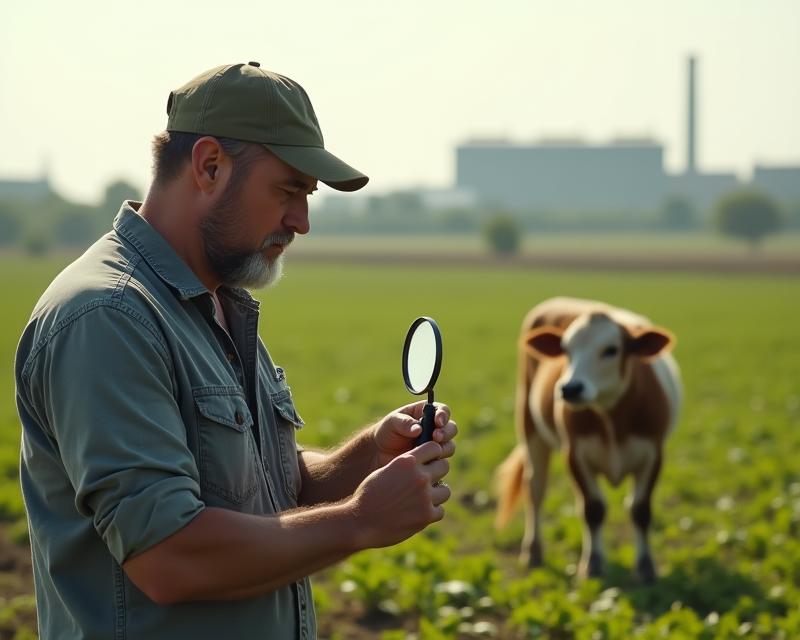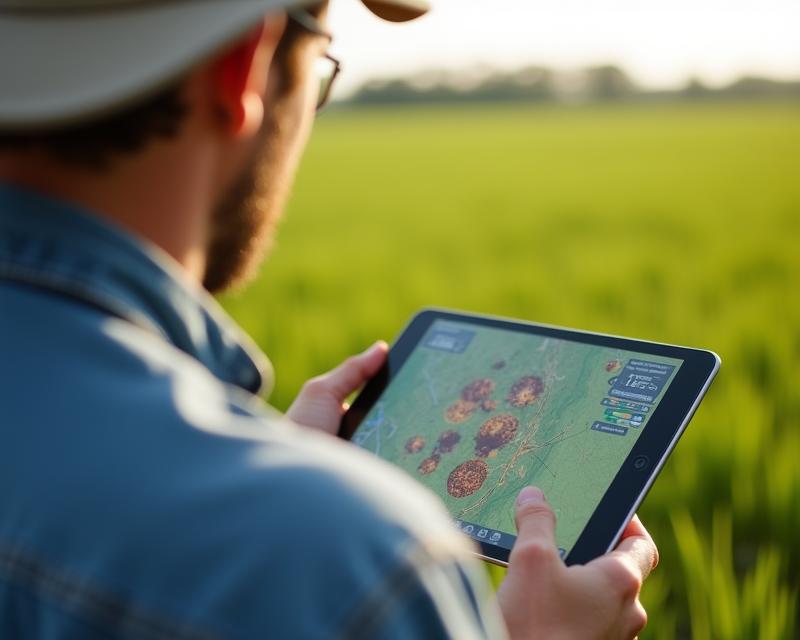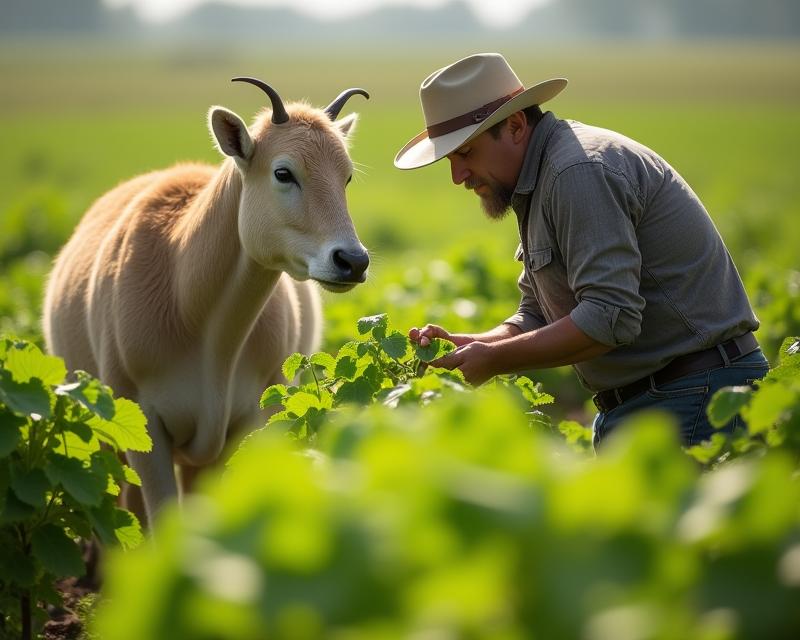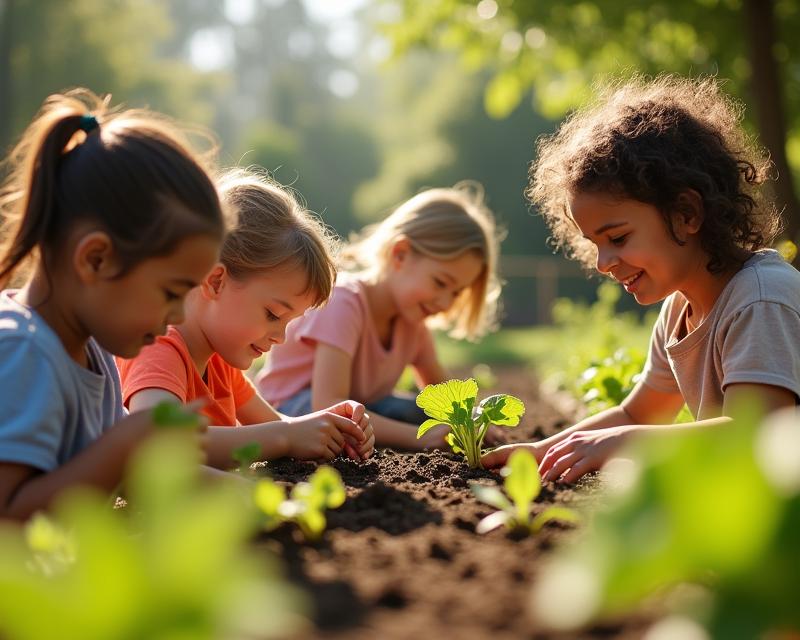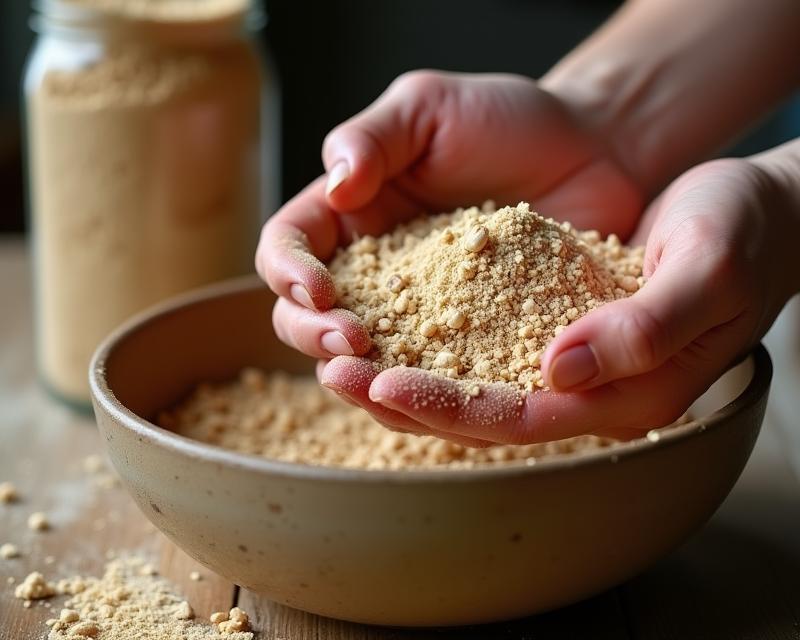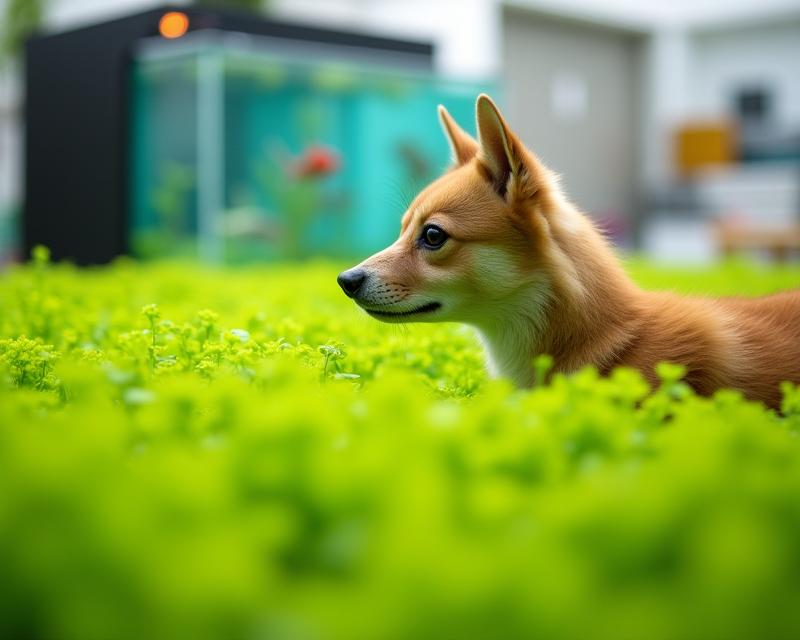Chinampas: Ancient Floating Farms
Publish in Sustainable Farming el 21/07/2025 20:37
Chinampas: Ancient Floating Farms
Have you ever considered innovative ways to maximize your land's potential? Ancient civilizations often held wisdom we can still learn from today. One of the most fascinating examples is the Chinampa, the ingenious floating garden system developed by the Mexica people (Aztecs) in the Valley of Mexico. These weren't just gardens; they were a cornerstone of their agricultural success, allowing them to feed a large population in a challenging environment.
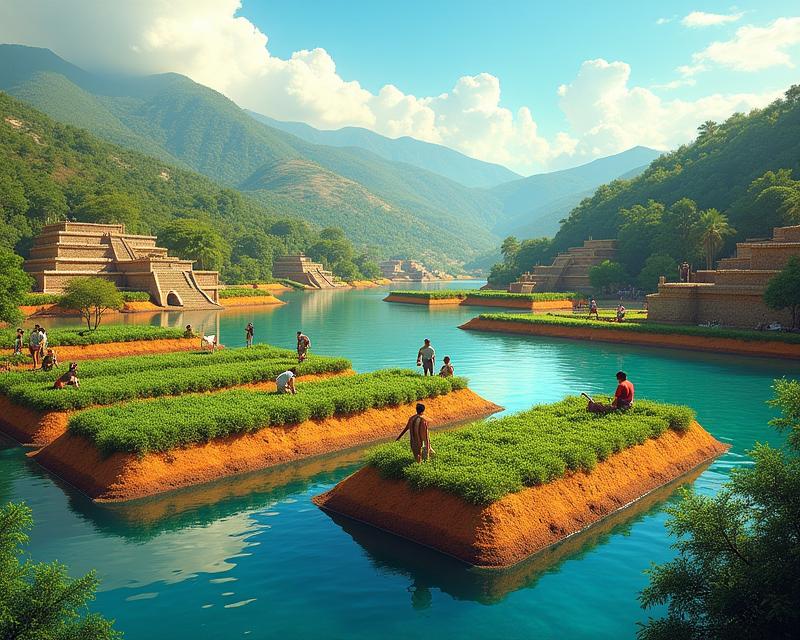
So, how did these incredible gardens work? Chinampas were essentially artificial islands constructed in shallow lake beds. Farmers would create rectangular plots by layering mud, decaying vegetation, and reeds, binding them together with willow branches and other local materials. These structures were anchored to the lakebed and allowed water to flow through them, providing essential nutrients and irrigation. The resulting soil was incredibly fertile – a perfect blend of rich silt and organic matter. This created a self-sustaining ecosystem, ideal for growing a wide variety of crops.
The benefits of Chinampas were immense. Firstly, they dramatically increased food production. By utilizing otherwise unusable lake space, the Aztecs could cultivate significantly more crops per unit area than traditional fields. Secondly, Chinampas reduced soil erosion and flooding, common problems in the lake environment. The raised beds acted as natural barriers, protecting the land from the fluctuating water levels. Thirdly, the system promoted biodiversity. The diverse plant life thriving in the Chinampas supported a variety of insects, birds, and other wildlife, creating a balanced ecosystem. The close proximity of the gardens to the city also meant shorter transport times for food, ensuring freshness and reducing spoilage.
Chinampas demonstrate the power of adapting to your environment. While the Aztec civilization eventually declined, the principles behind Chinampa agriculture remain relevant today. Concepts like raised beds, water management, and utilizing organic matter for soil enrichment are all valuable techniques for modern farmers and gardeners. Whether you're dealing with poor soil, limited space, or challenging water conditions, the Chinampa offers a powerful example of how innovative thinking can lead to sustainable and productive farming practices. It’s a reminder that sometimes, the best solutions come from looking to the past!
